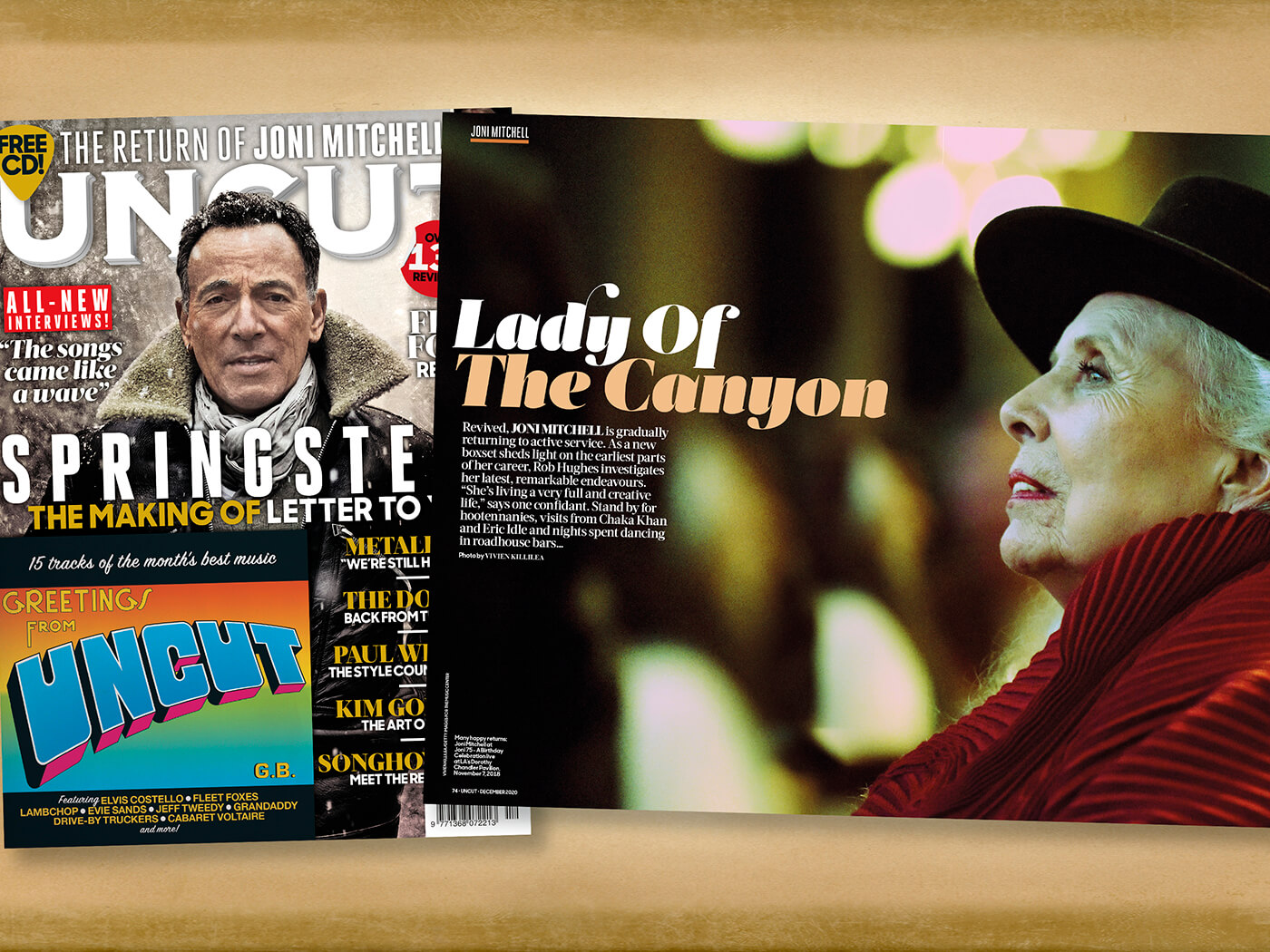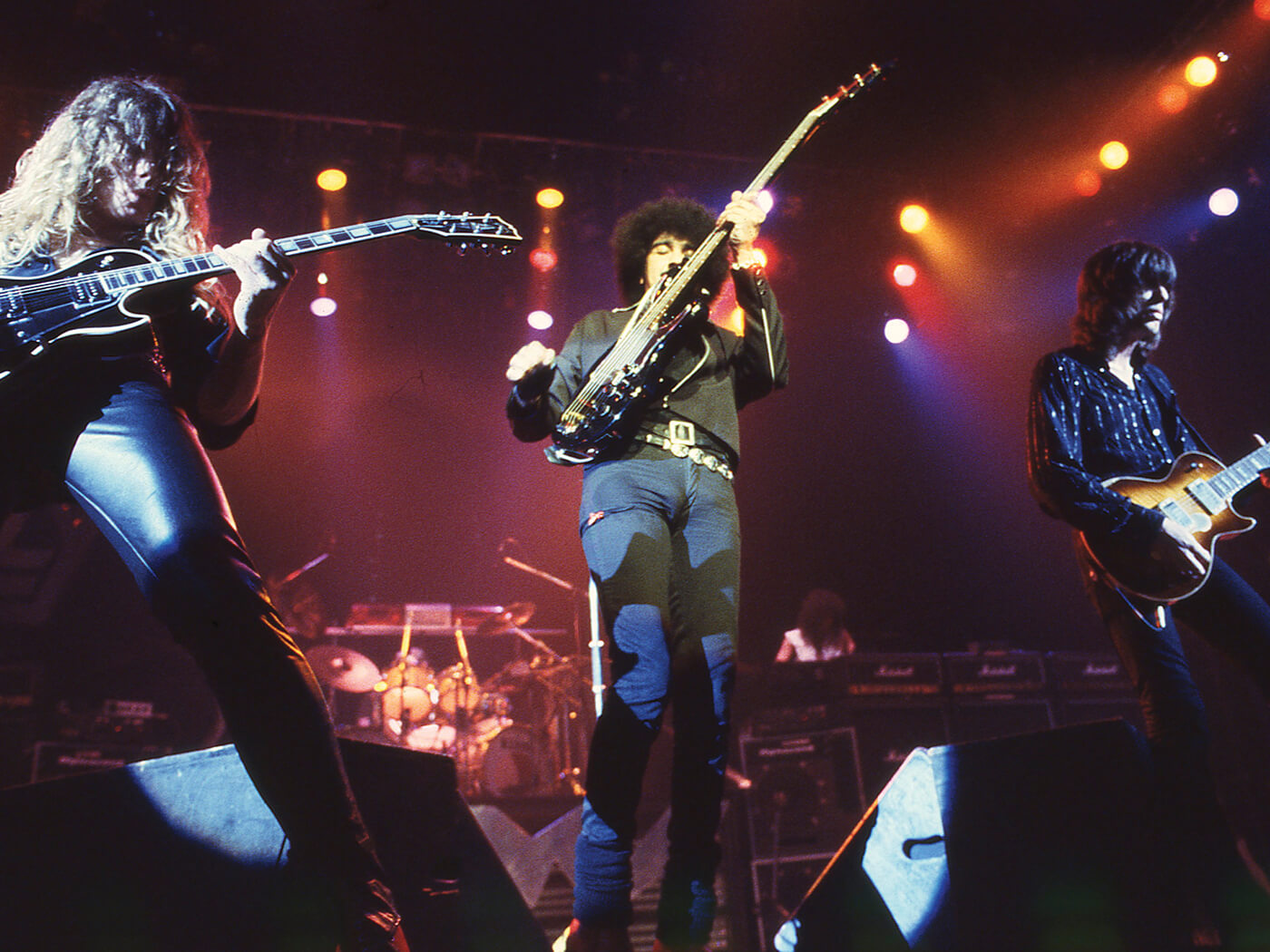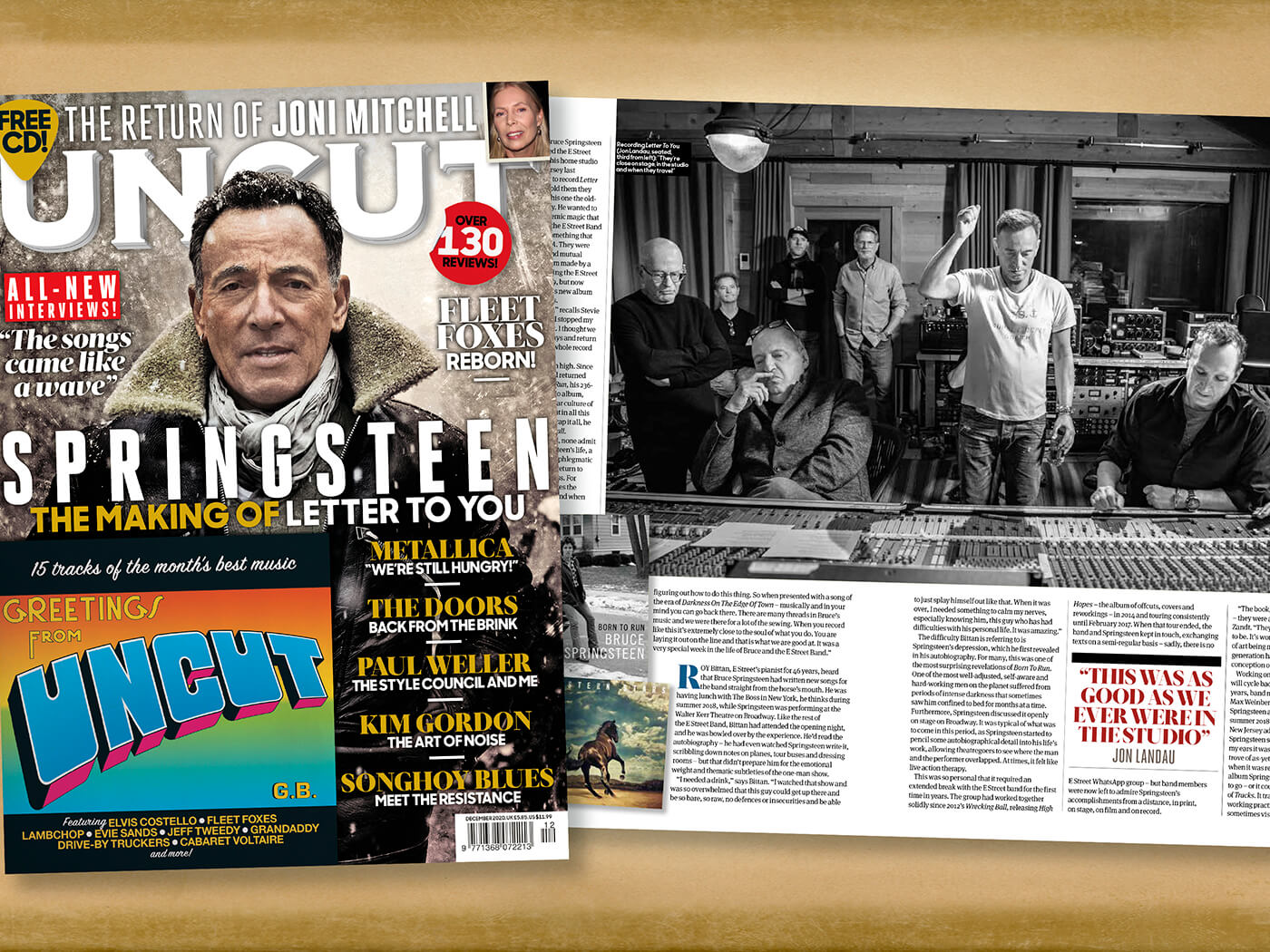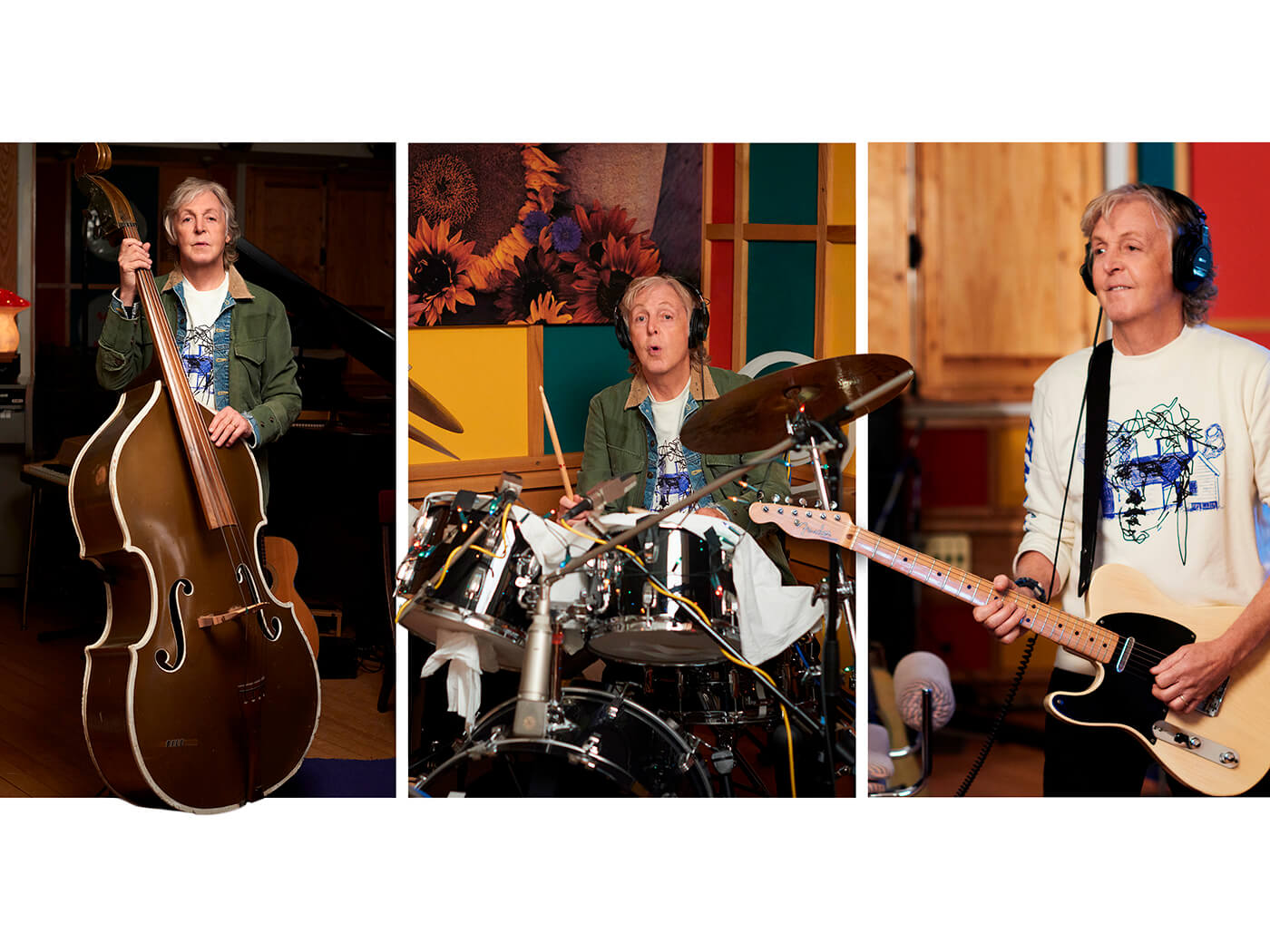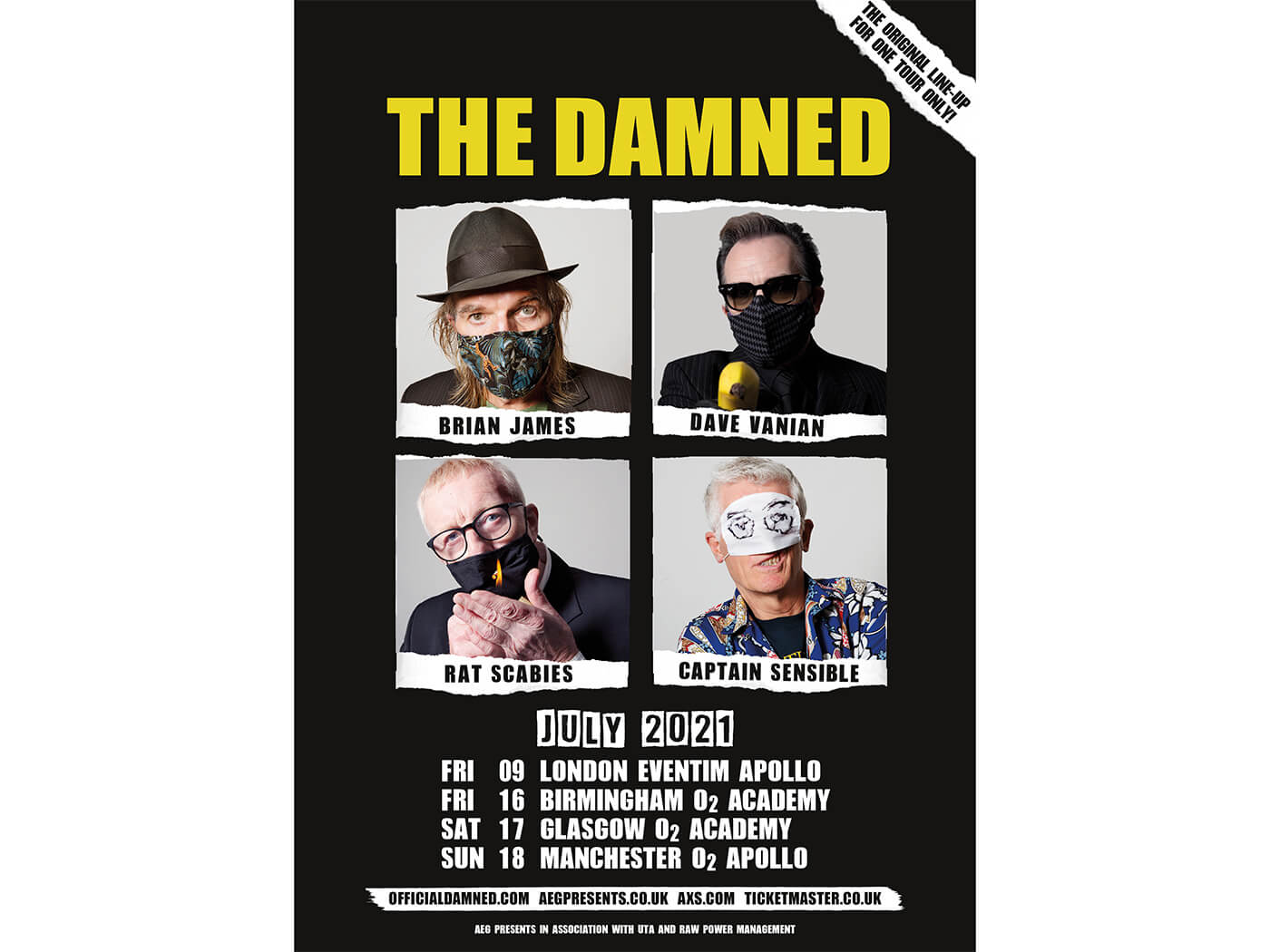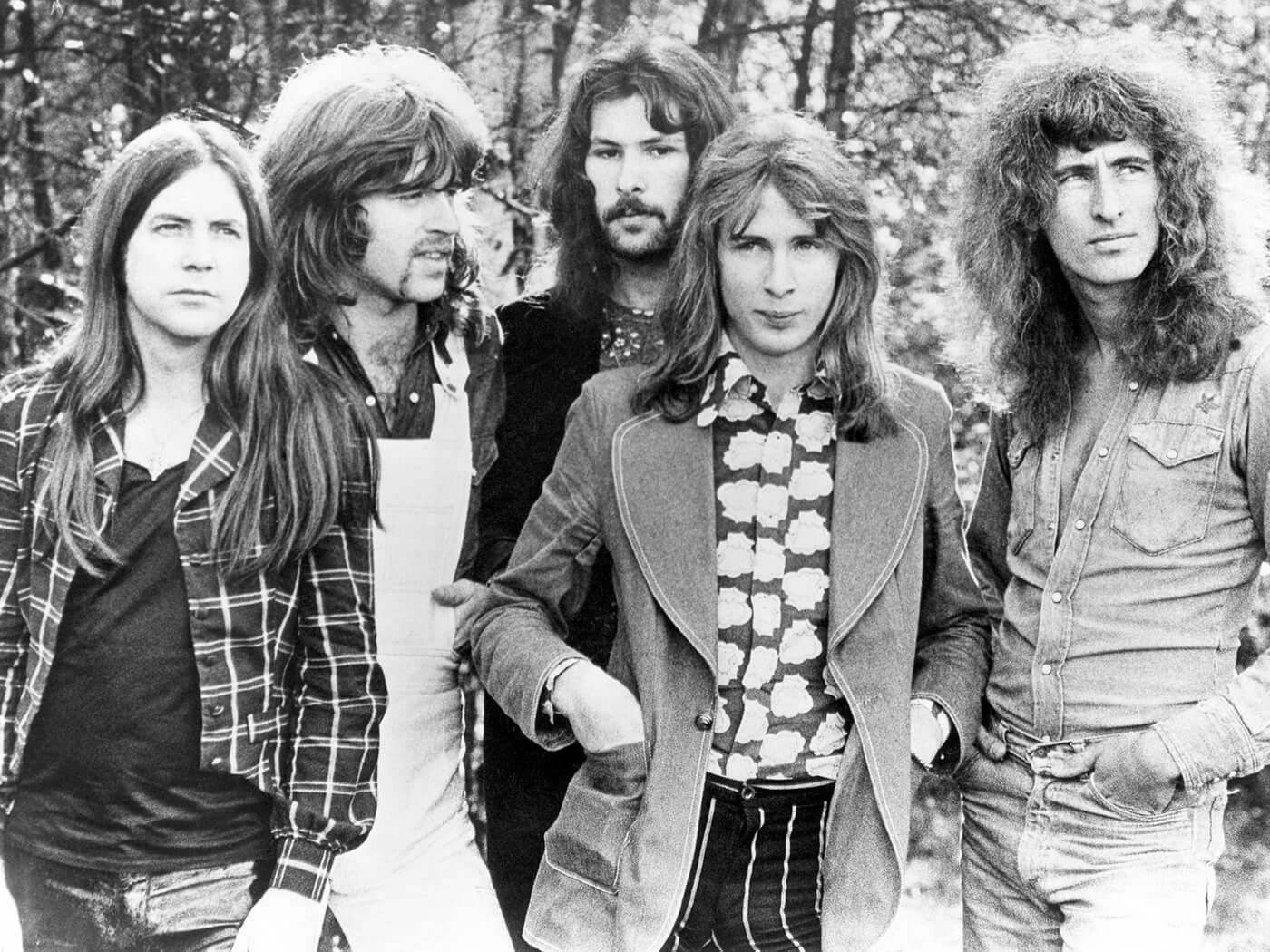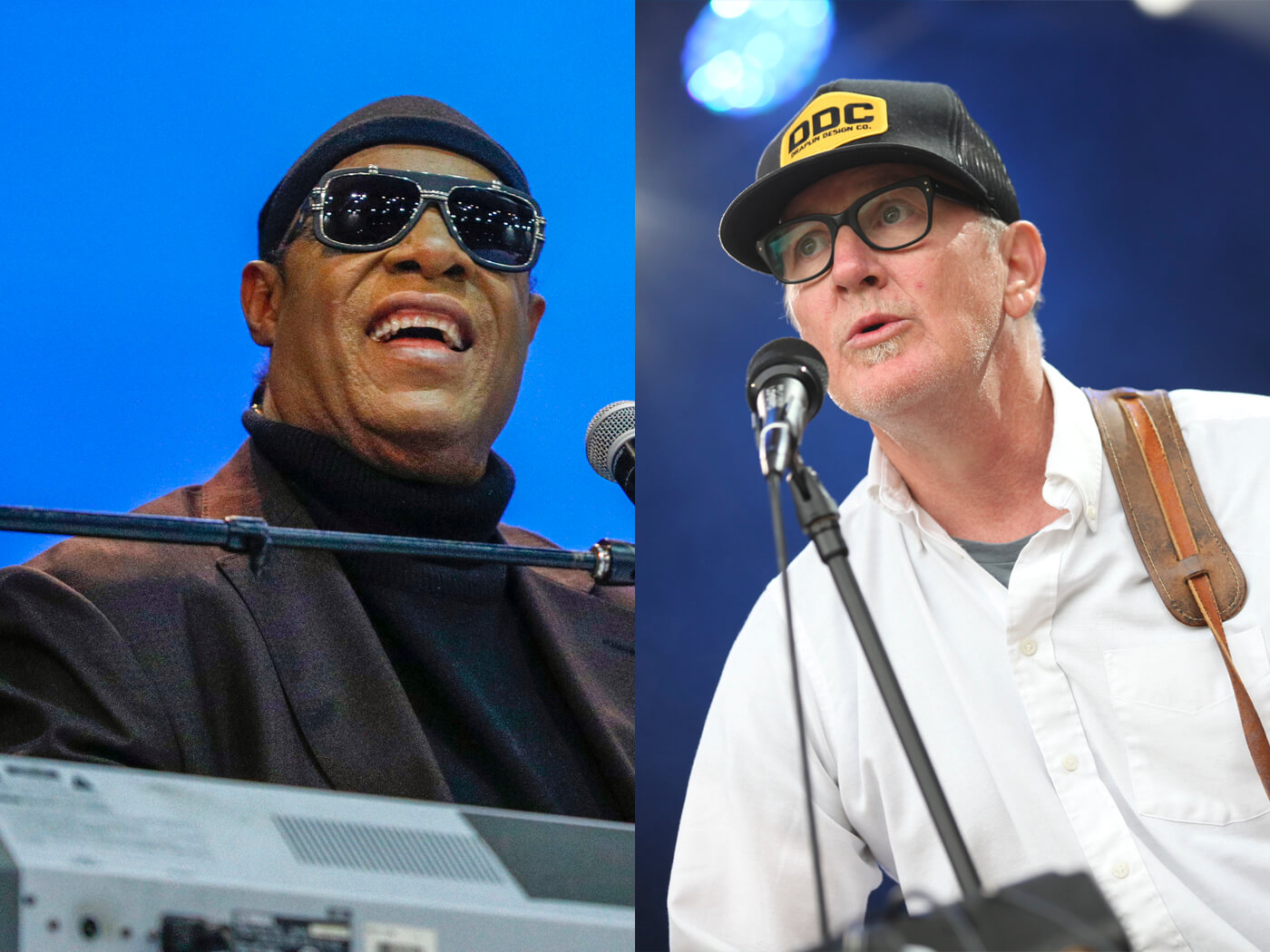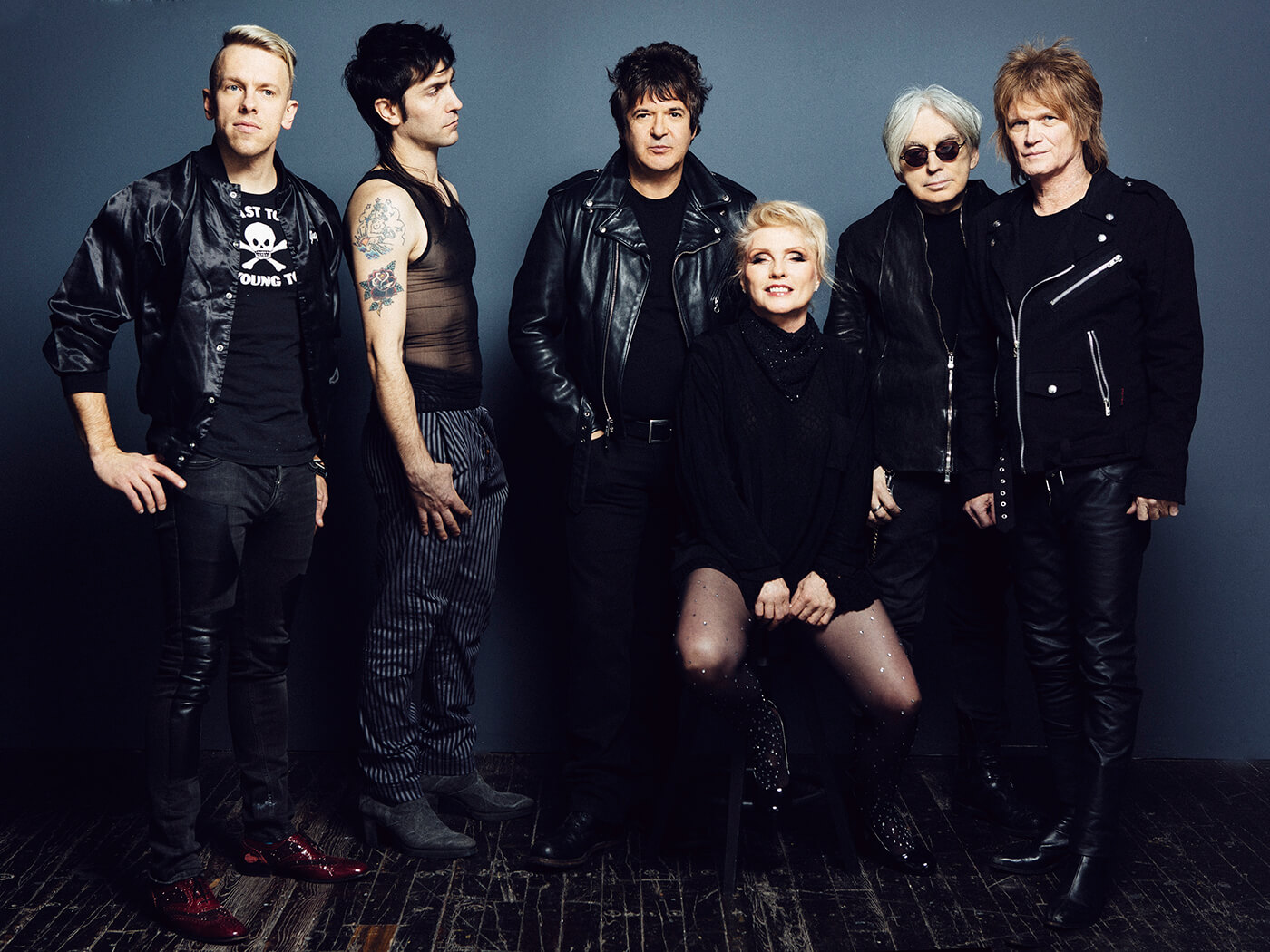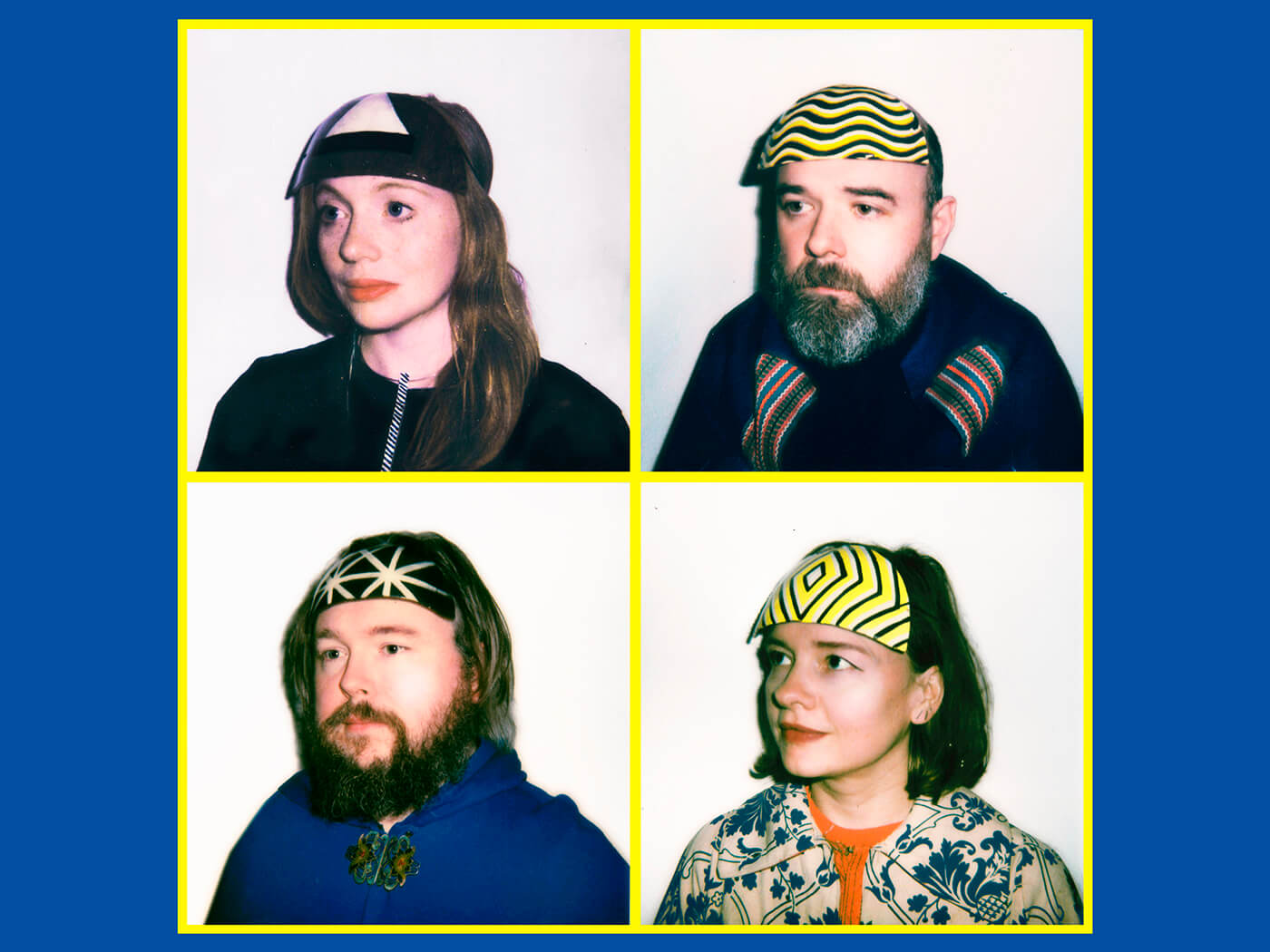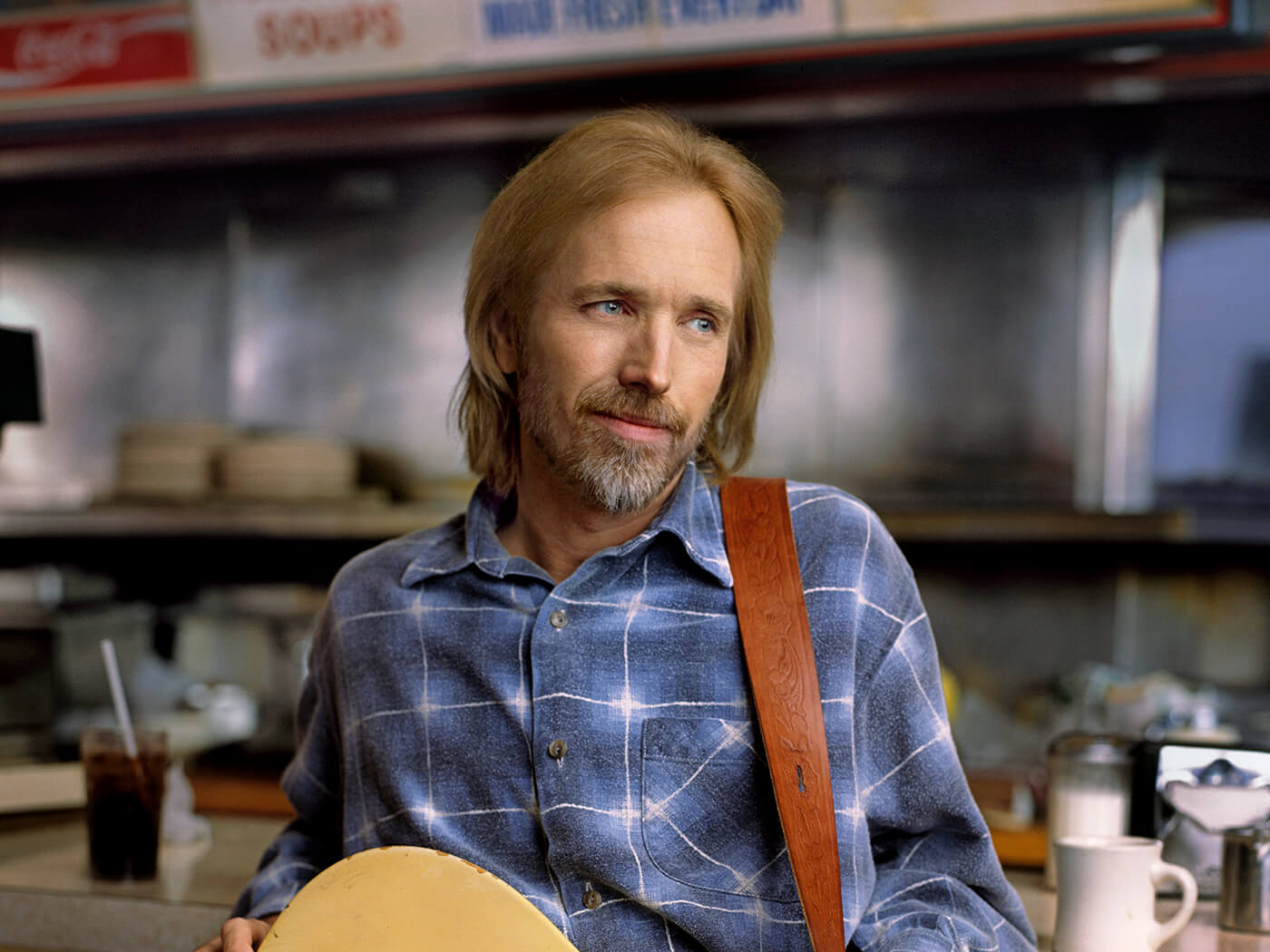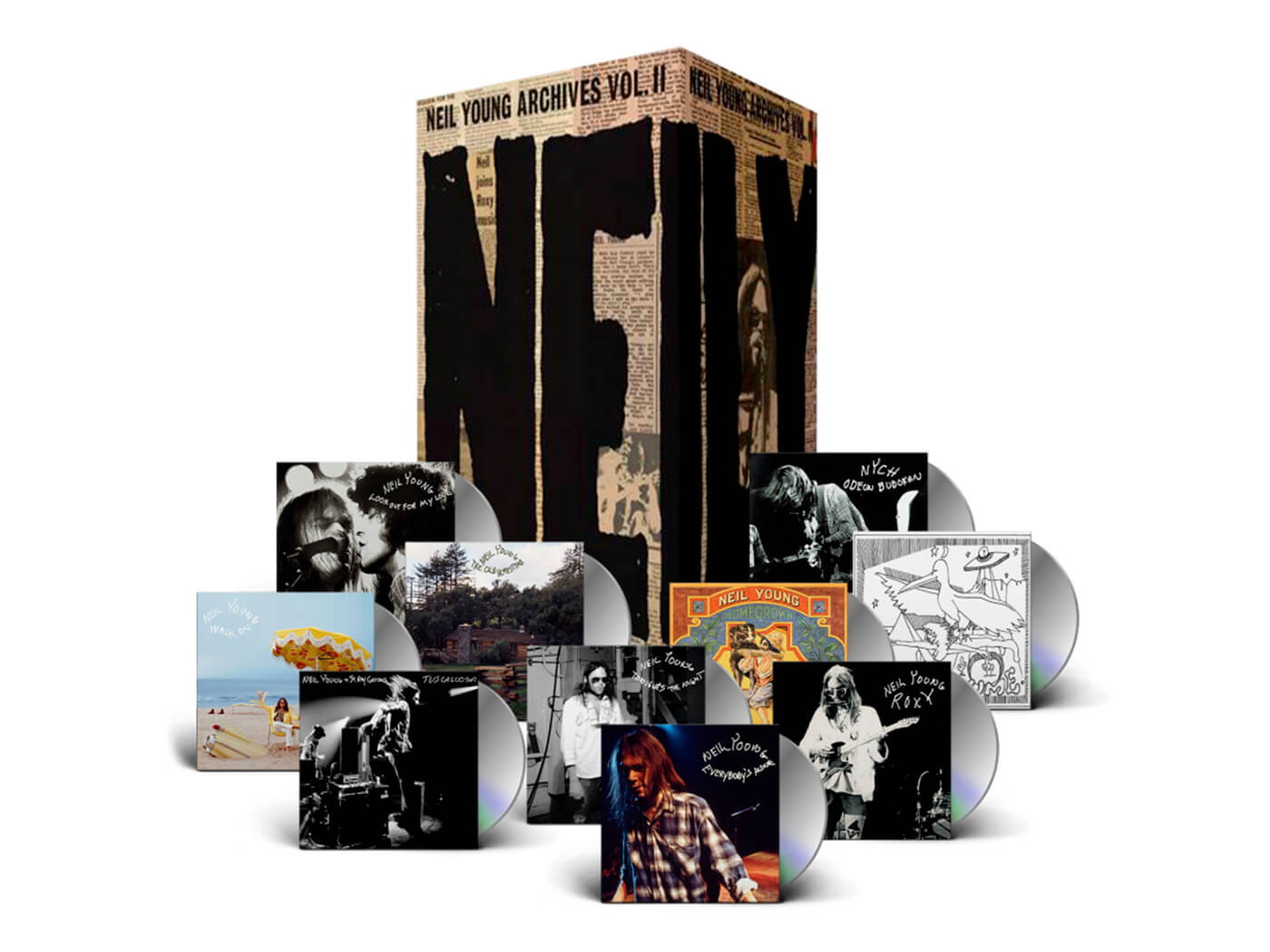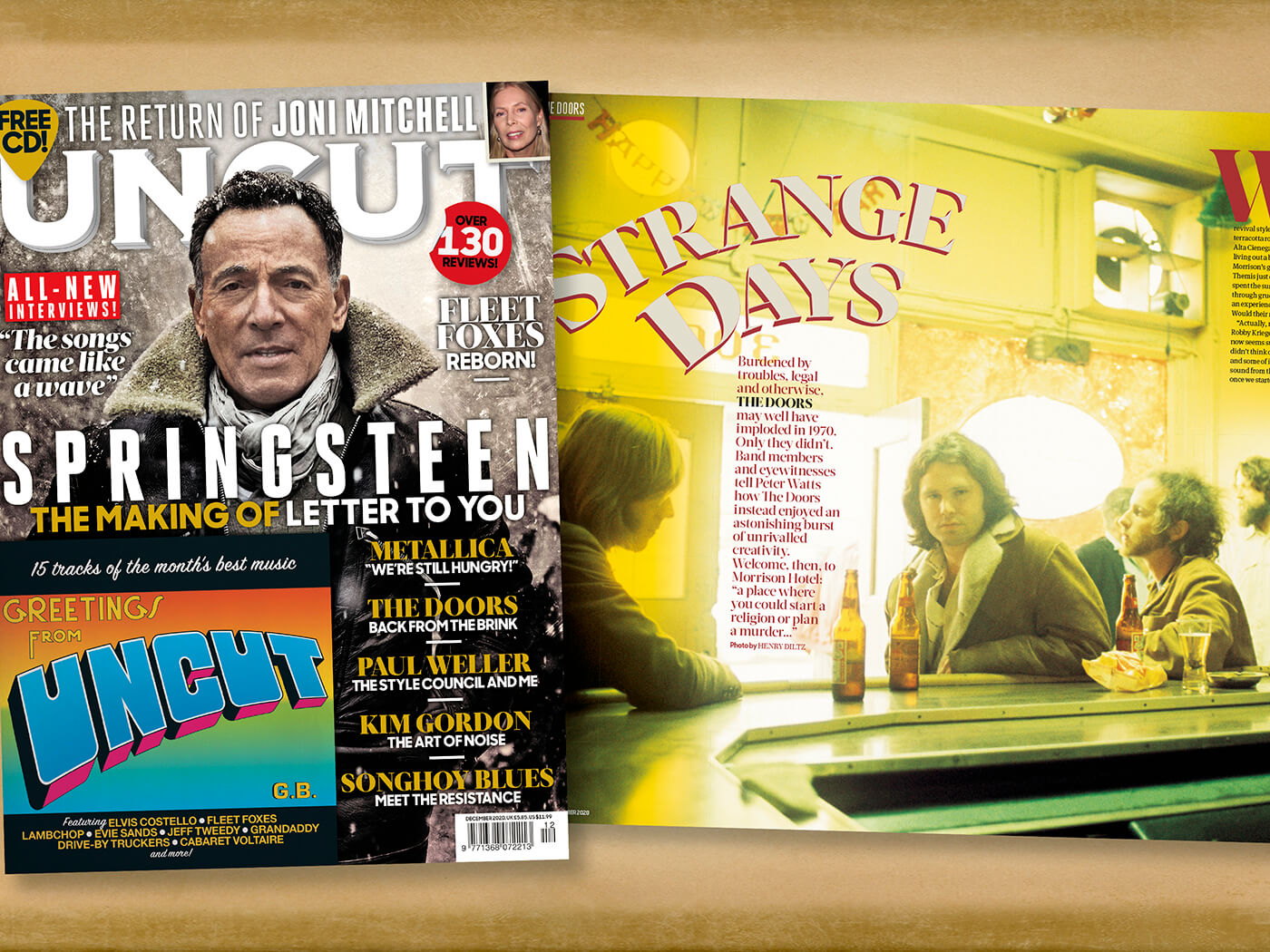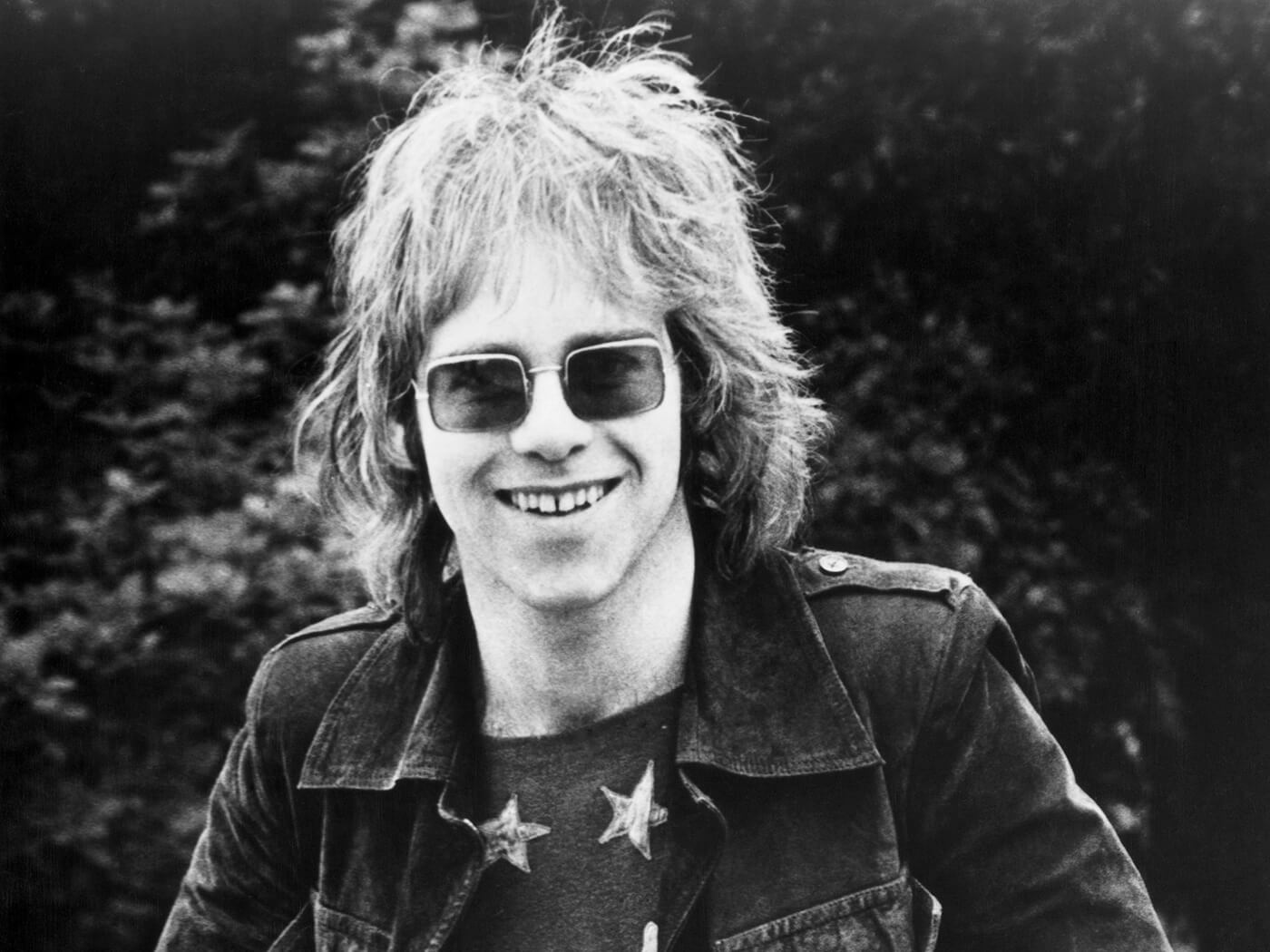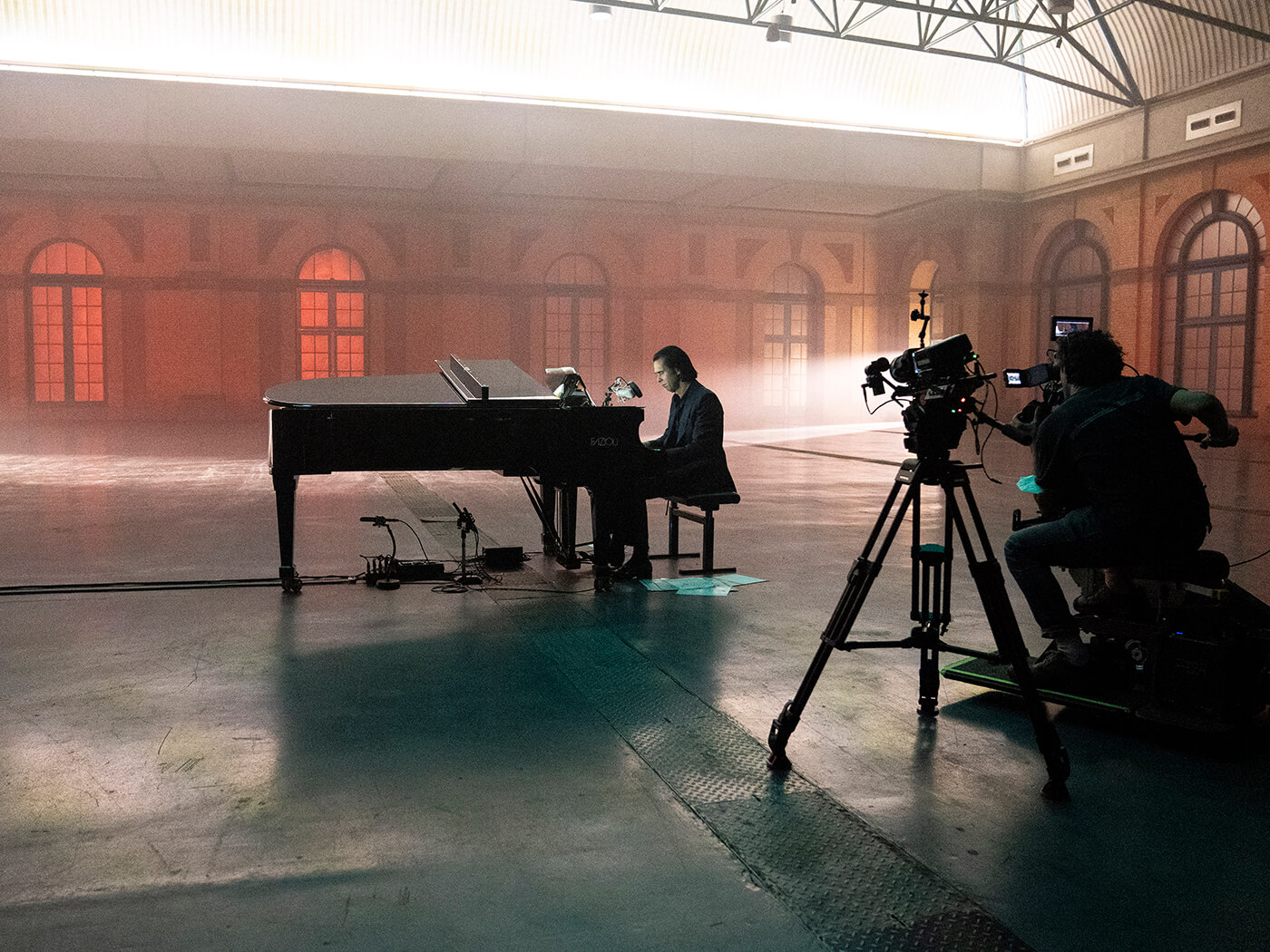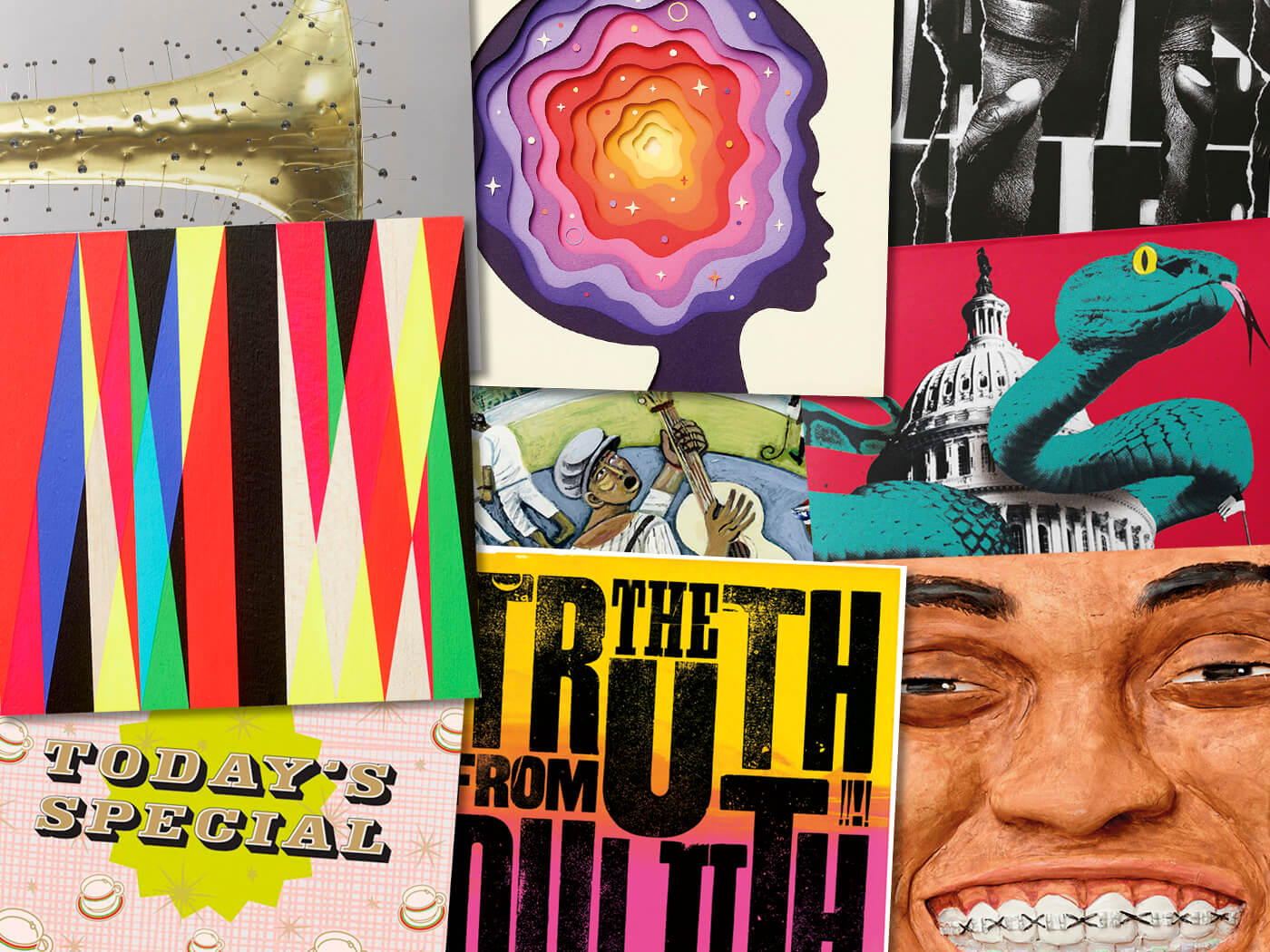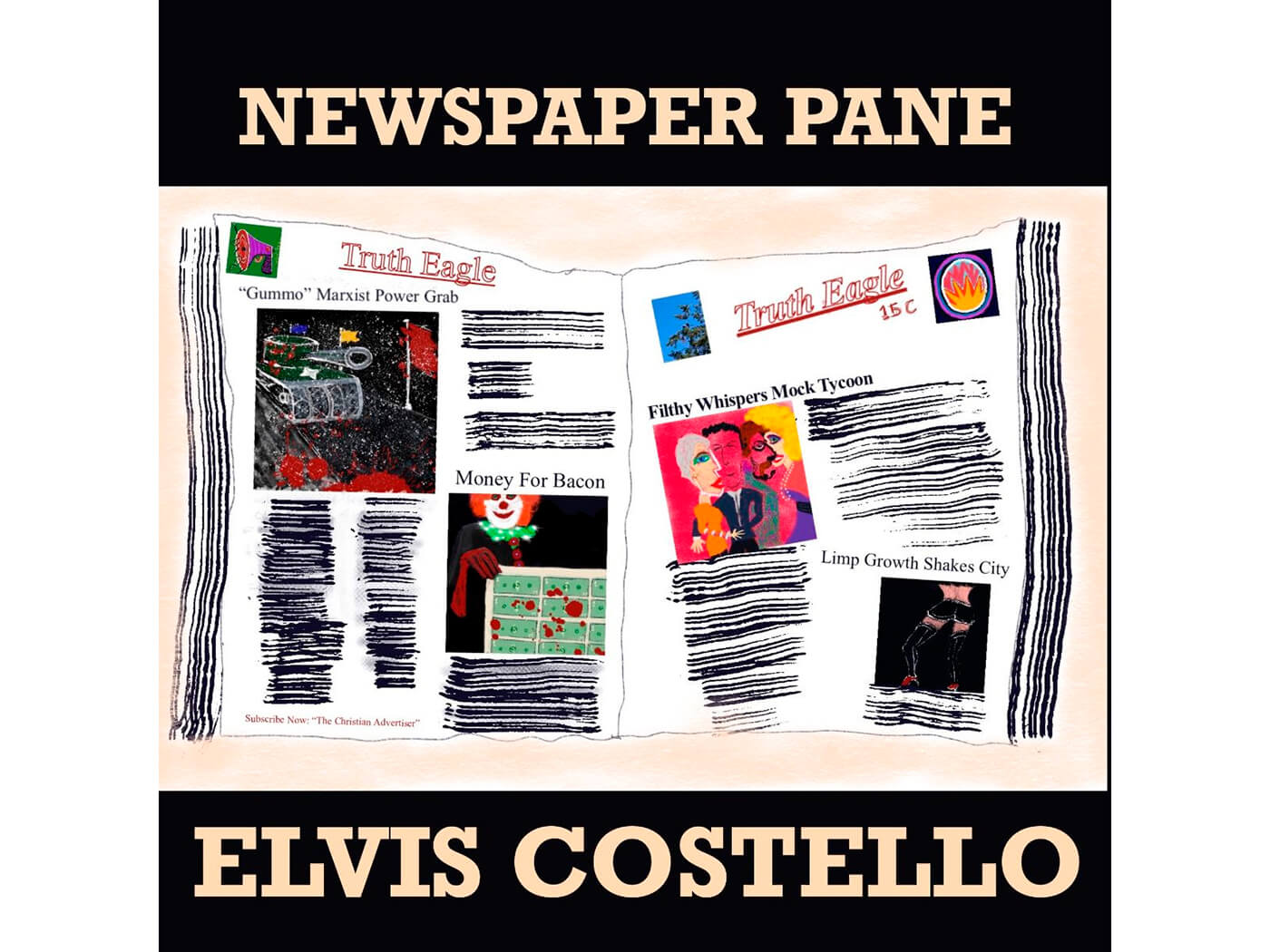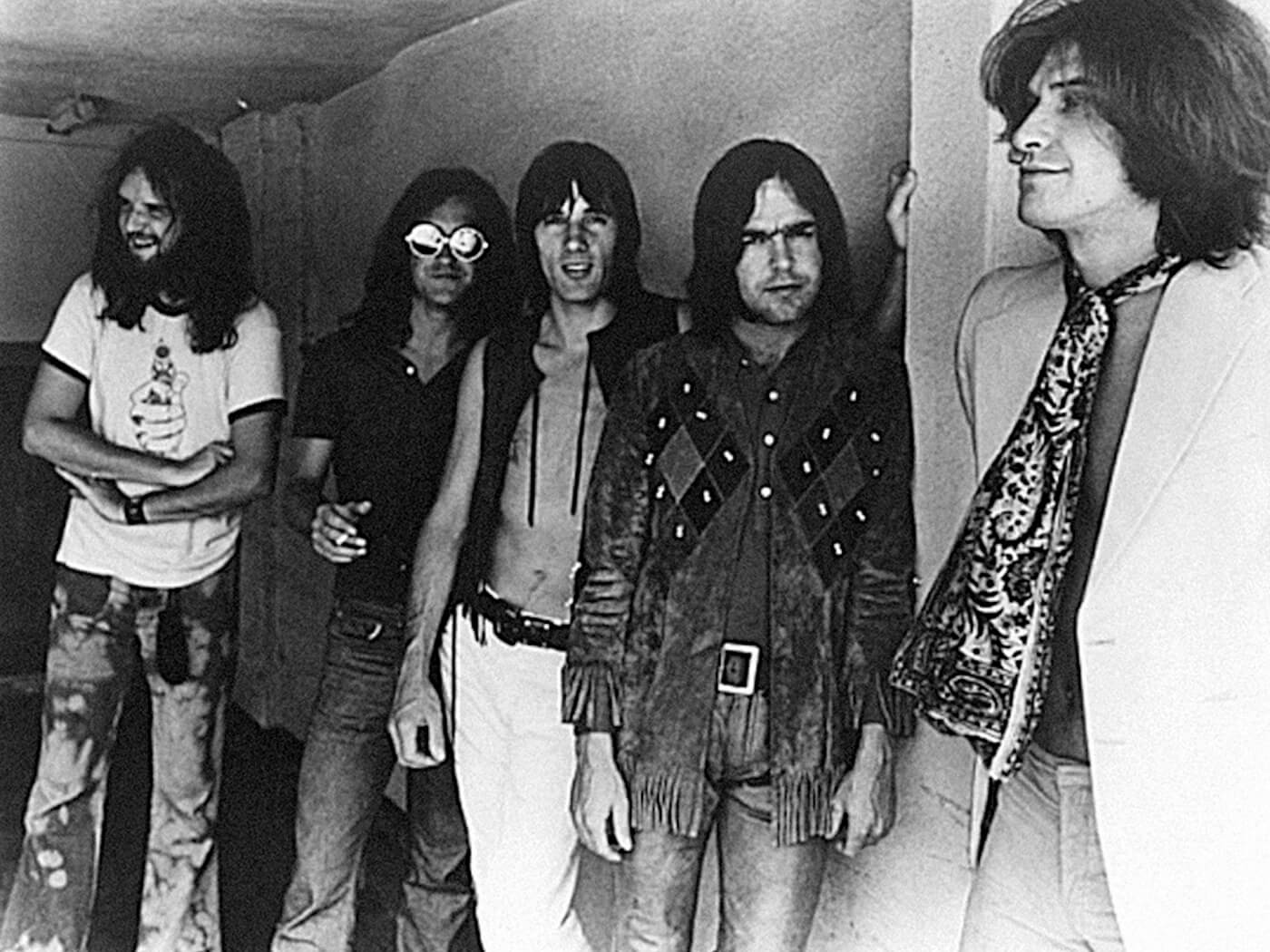Joni Mitchell’s return to active service is documented in the latest issue of Uncut – in UK shops now and available to order online.
As Joni Mitchell opens her archives for the first time, her closest friends and confidantes reveal all about her latest, remarkable endeavours. Stand by for extraordinary tales involving hootenannies, visits from Chaka Khan and Eric Idle and nights spent dancing in roadhouse bars…
As we discover, Mitchell has lived in the same hilltop villa, overlooking the Bel-Air Country Club, since July 1974. Hidden from the street, with its own private drive, most of her creative life can be measured in its walls and spaces. Inside the six-bedroom house, built in 1930, there are musical instruments, mementos and small sculptures. A baby grand piano sits in the living room. Strikingly, the walls are decorated with her own canvasses – landscapes, still-lifes, studies of Picasso, Charles Mingus, Miles Davis, Van Gogh. And, of course, the original self-portraits used on album sleeves like Turbulent Indigo, Travelogue and Both Sides Now.
“I’ve been there many times,” David Crosby tells Uncut. “It’s kind of like a museum in that she’s got her paintings everywhere. And she’s a brilliant painter. So you walk in the house and you’re smitten. You have to struggle to remember to have a conversation, because your eyes are glued to this stuff: ‘Oh my God, look at that one!’”
It’s here that Mitchell has recuperated since suffering a brain aneurysm in 2015. She has likened the place to a refuge in which she lived in relative seclusion. Seven years on, however, her outlook appears to be changing. The arrival of the mouth-watering Archives Volume 1: The Early Years (1963-1967) is the latest sign of renewed activity in the Mitchell camp.
Film director and screenwriter Cameron Crowe first visited the house in 1979, when Mitchell granted him a rare interview during his time as journalist for Rolling Stone. The pair have stayed in touch ever since, to the point where Crowe is now part of her trusted inner circle. Early this year he spent a couple of Sundays on the patio, talking to Mitchell about Archives Volume 1. Their warm, digressive conversations act as liner notes for the five-CD boxset, which contains nearly six hours of unreleased gold – home demos, live recordings, radio sessions – from Mitchell’s formative days.
“Generally we’d be outside in her garden, which she calls Tuscany, because it has that vibe,” Crowe explains of their meetings. “The stuff on Archives Volume 1 is a miracle for any real fan of hers, because she’s not opened the vault on this early material before. And barely even discussed it. So the idea that she was going to focus on this period, inviting questions and thoughts, was just fantastic.”
Mitchell has been directing operations from home, aided by longtime friend and associate Marcy Gensic and chief archivist Joel Bernstein. When not busy with this catalogue of rarities, she’s been spending much of her time, pre-Covid, either dancing at a Burbank roadhouse bar or hosting regular hootenannies. These informal gatherings have featured everyone from Elton John, Bonnie Raitt and Chaka Khan to Harry Styles, Sam Smith and Brandi Carlile. “We’d get together about once a month,” says Carlile. “There’s so much joy and generosity involved. Joni sings too. She sounds great, clear and light-hearted.”
Crowe is ideally placed to note the shift in Mitchell’s life. “The atmosphere in the house is always warm and super-creative,” he says. “When I first went there, it felt like an inner sanctum. But over time it’s only become more heartfelt. You’re never far from an instrument and there’s always a comfortable sofa to sit in. It’s not ornate. It’s wide open and it invites love…”
You can read much more about Joni Mitchell as well as Bruce Springsteen, Fleet Foxes, Metallica, Paul Weller, the Doors and more in the December 2020 issue of Uncut – in shops now, or available from our online shop.


